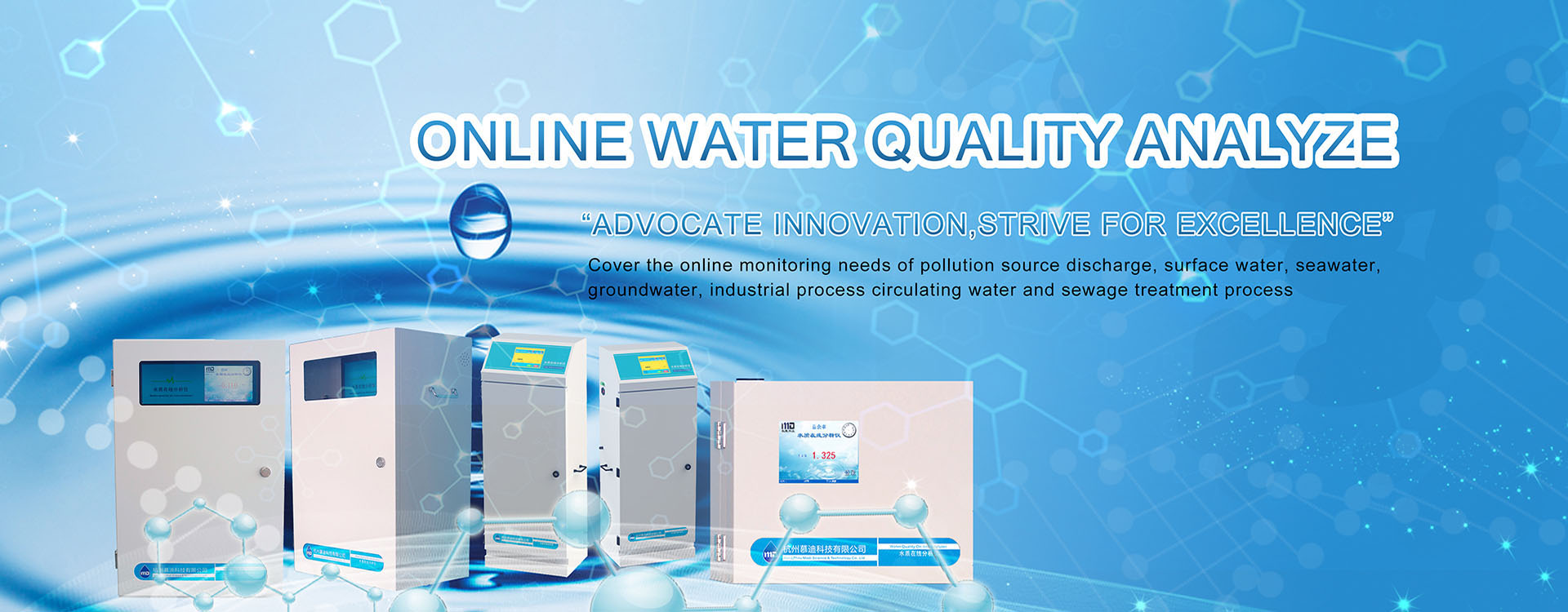How powerful water is, needless to say, I think everyone is well aware of it. Water makes up approximately 65% of the human body weight. It is easy to imagine how important it is to the human body. However, due to the improvement of people’s living standards, water pollution has become increasingly serious, which is a very bad phenomenon. This will cause great harm to the ecological environment and people’s health. So you must know the harm of water pollution. Let’s take a look at what exactly the hazards of water pollution are?
The pollution of sewage to the environment will directly affect the growth of living organisms. In mild cases, it will lead to a reduction in their value; in severe cases, it will cause their extinction, thereby reducing the value of various environmental resources and disrupting the balance of the ecological environment. What we need to do is to understand the harm caused by sewage and strengthen the treatment of water pollution and other issues. For instance, the harm caused by sewage to production: Once the polluted water fails to meet the demands of production or agricultural irrigation, it will affect the production volume. In addition, if people drink contaminated water sources, it can cause acute or chronic poisoning, infectious diseases and some other illnesses.
What we need to do is to enhance measures for water quality pollution prevention and control. Besides protecting the environment and reducing pollution, it is also necessary to strengthen the supervision of water quality safety. We can enhance the online monitoring of water quality through water quality detectors. The specific monitoring items include heavy metals, total phosphorus, total nitrogen, TOC, COD, Escherichia coli, biological toxicity, total residual chlorine, etc.
It is necessary to implement in accordance with some relevant laws and regulations promulgated by our country to reduce and eliminate the amount of wastewater discharged with pollutants. Then, a system for repeated and recycled water use can be adopted to reduce wastewater discharge or to recycle the production wastewater after appropriate treatment.




